Japan for all seasons
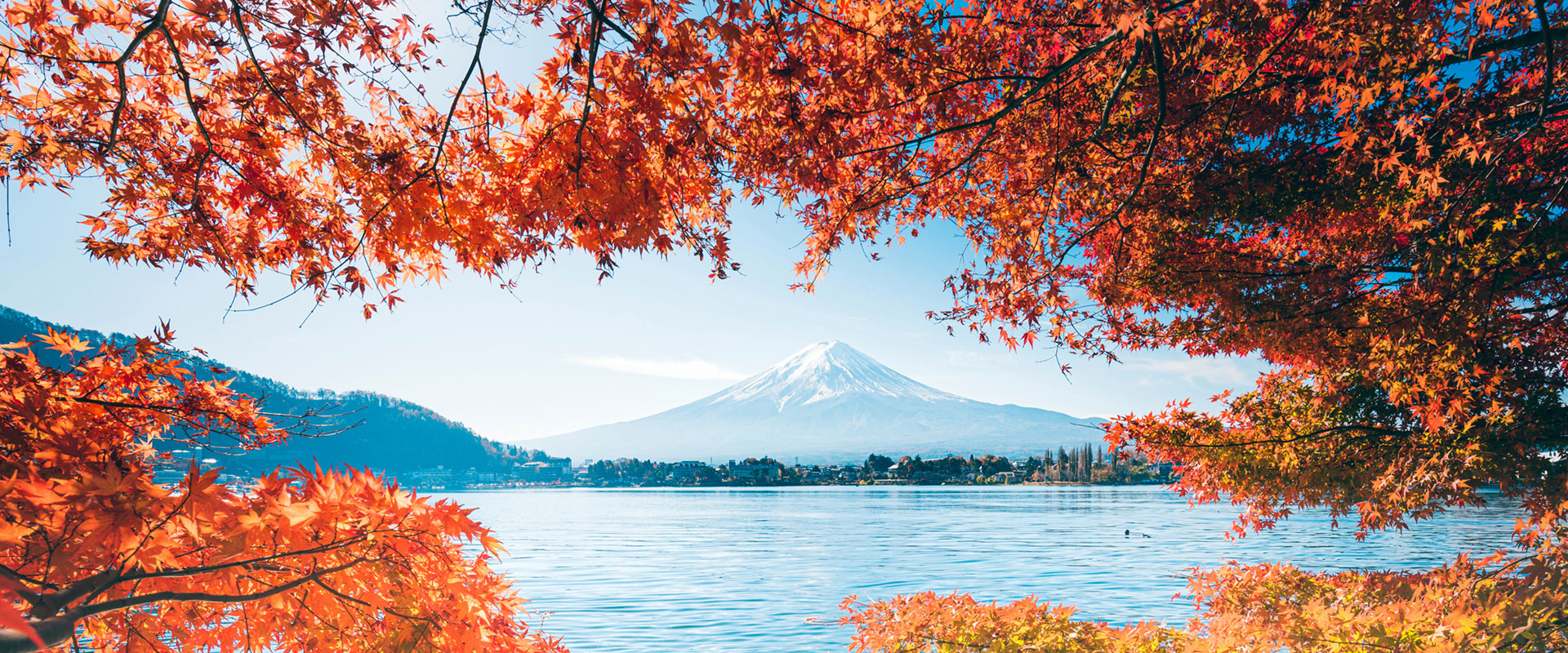
Though it’s one of the most urbanised nations in the world, Japanese culture is intricately bound to the changing cycles of the natural world, and few places celebrate the changing seasons with as much relish.
Japan’s love for the changing seasons is unmatched to anywhere in the world, but there is a downside to that passion. You’ll often find yourself sharing the most famous beauty spots with a horde of other tourists trying to capture the perfect shot of wildly colourful koyo (autumn foliage), dustings of powdery snow or delicate clouds of ballerina pink sakura (cherry blossoms).
Fortunately, there’s an easy way to escape the crowds. This archipelago stretches more than 3000km from north to south, so it can take as long as four months for the impacts of solstice (or equinox) to travel from Okinawa to Hokkaido. This allows plenty of time to appreciate each season, and if you travel beyond Japan’s major gateways, you’ll find plenty of opportunities to immerse yourself in the natural world. Here are some of the best spots to enjoy each time of year in the land of the rising sun.
Sensational sakura:
Oita Prefecture, Spring: March–May
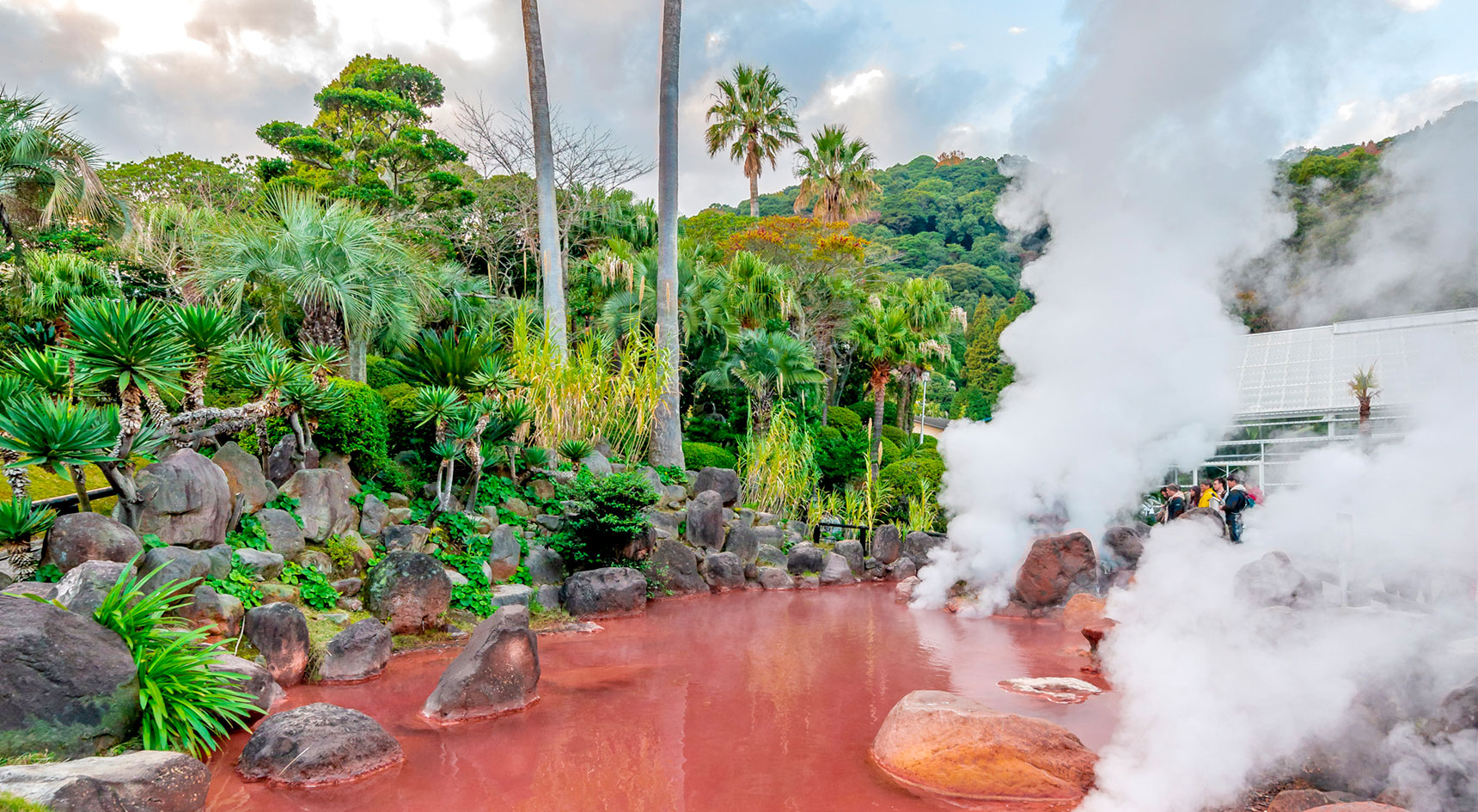
It can seem like the entire country goes sakura mad when the first cherry blossoms emerge, and hotels in Kyoto book out as much as nine months in advance.
Head to the southern island of Kyushu and you’ll find an entirely different scene. As well as the sakura, late March brings mild days perfect for stretching your legs on the thickly forested Kunisaki Peninsula, where a series of ancient trails connect waterfalls, temples and quaint farming villages.
Once the evening cool sets in, simply follow the billowing clouds of steam to soothe your muscles in one of the region’s mineral-rich hot springs. With almost 3000 hot springs, the small town of Beppu boasts about 10 per cent of Japan’s total onsens. They range from natural outdoor pools and rustic Meiji-era bathhouses to seriously luxe modern facilities – even the local department store has a public footbath. Most spectacular of all are the observation-only ‘hells of Beppu’ – a series of mineral-rich springs that reach temperatures of more than 90 degrees and range in colour from milky blue to blood red.
→ Where to stay: In the lush foothills above town, the stylish ANA Intercontinental Beppu has two cypress-filled onsens with indoor and outdoor areas, and an infinity pool for warmer days. There are also suites available, featuring private onsens on spacious balconies overlooking the placid Seto Inland Sea.
→ What to eat: Onsens are also used for cooking and jigoku mushi (hell-steamed) cuisine dates back to the Edo period (1603–1868). Start with a soft-boiled egg then move on to seasonal vegetables, fresh seafood and even a crème caramel-style pudding steamed above the springs.
Temperate Tanigawa:
Gunma Prefecture, Summer: June–August
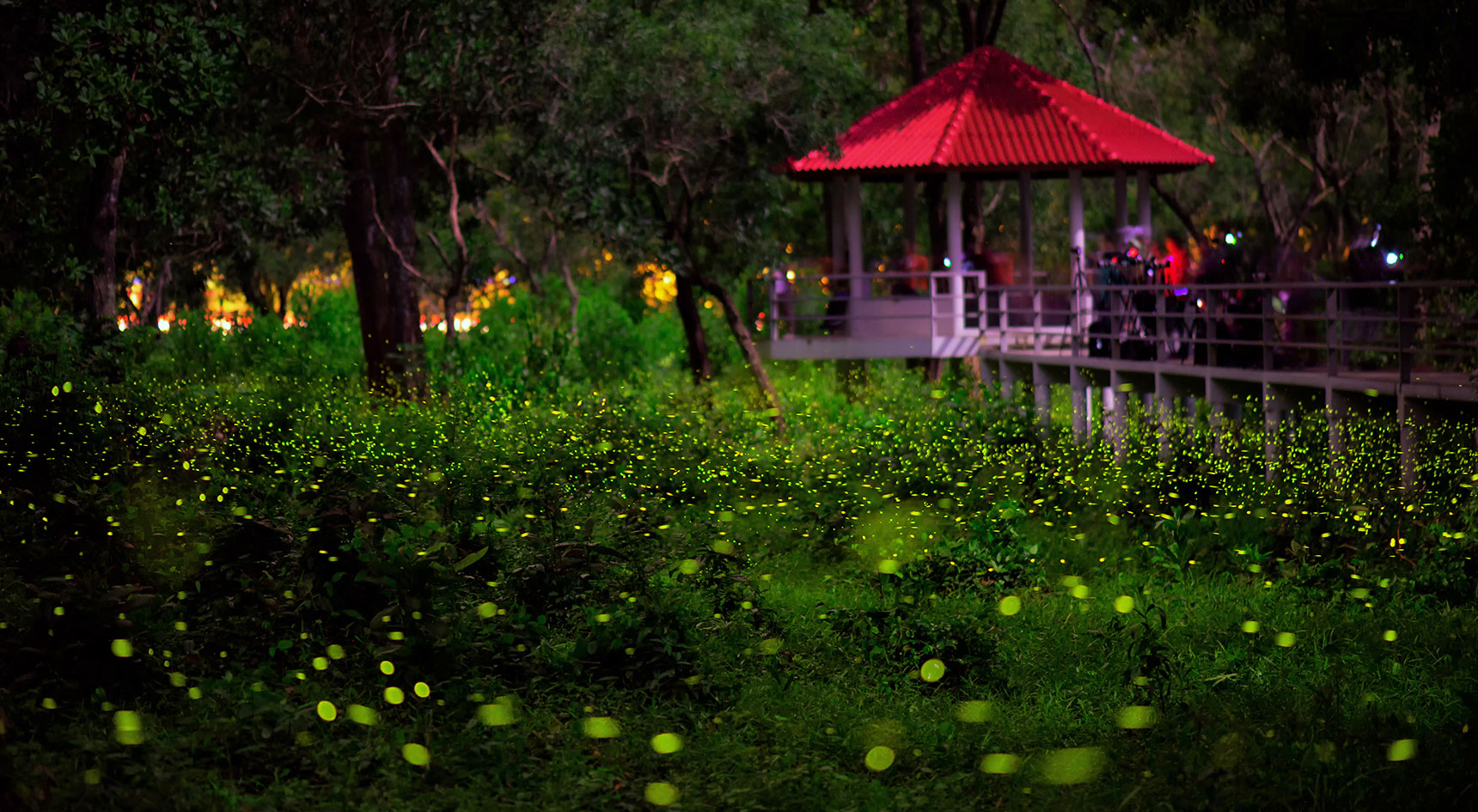
Nestled in the Tanigawa mountain range 150km north-west of Tokyo, the small town of Minakami is a pleasant place to escape the heat. The cooler temperatures are thanks to the town’s elevation and the cooling influence of the Tone River that provides much of Tokyo’s drinking water. More than 40 adventure companies based in the ‘Queenstown of Japan’ cater to skiers in winter and rafters in spring. In summer, falling water levels mean canyoning season. Visitors slide, jump and even abseil down narrow gorges ranging in difficulty, from mildly exciting to terror-inducing.
If you prefer to stay above ground, spend days cycling past small hamlets flanked by terraced rice fields and descend through spruce and cypress forests. Give your legs a rest and observe the natural beauty from above while paragliding over the region’s countless valleys. In the evenings, revel in a magical spectacle as thousands of fireflies light up the riverbanks on a two-kilometre walk from Tsukiyono Firefly Village.
→ Where to stay: Twelve rooms with tatami mat floors and futon bedding set the scene at Micasa, a family-run ryokan that leans heavily on tradition. After checking in, change into a comfortable yukata robe provided then enjoy the mineral-rich hot springs, views of the surrounding mountains and elaborate multi-course kaiseki meals that make liberal use of seasonal produce.
→ What to eat: Warm summer days call for relaxing lunches at Sobadokoro Kadoya, where the 15th-generation owner gets up at 4am to make springy hiyashi chuka (cold soba noodles). When you’re done slurping the delicious noodles from the accompanying fish broth and sesame soup, finish with a scoop of nutty soba ice cream.
Fascinating Fuji:
Yamanashi Prefecture, Autumn: September–November
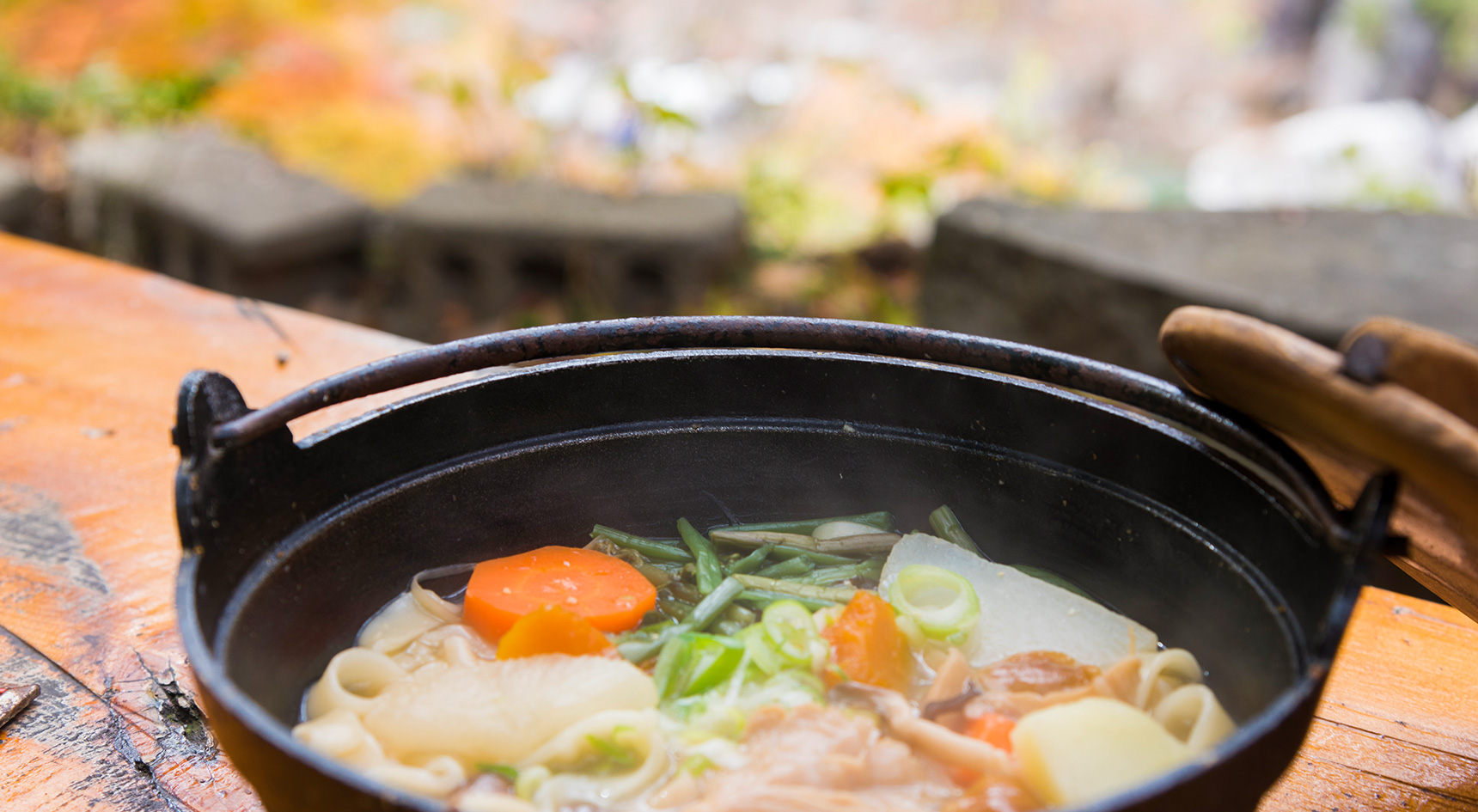
Fuji-san is the most revered of Japan’s many peaks, and one glance is enough to see why the perfectly conical volcano has inspired poets and painters for millennia. But with 400,000 visitors trying to fit into a two-month summer climbing season, the scenes at the top are anything but tranquil.
Smart pilgrims wait until September or early October when the receding humidity brings clearer days and a few outfitters still lead guided trips. Join Fuji Mountain Guides and spend the night at 3000m before ascending through a sea of clouds to watch sunrise from a summit where the only sign of crowds are Tokyo’s skyscrapers in the distance.
If you choose to stay at the base, the 3376m-high mountain is even more photogenic when framed by a symphony of autumn colours, including flame red momiji (maple leaves) and golden ginkgo leaves.
→ Where to stay: Combining timeless views with modern design and a hint of kawaii culture, Hoshinoya Fuji provides a quintessentially Japanese experience. Think minimalist concrete cabins overlooking Lake Kawaguchi towards Fuji, elevated walkways connecting cutesy marshmallow toasting stations and backpacks filled with outdoor gear on check-in.
→ What to eat: Yamanishi translates to ‘pear mountain’ and the warm days and cool nights mean the prefecture is filled with fruit orchards. Celebrate the sunshine with a crisp nashi pear or Fuji apple, then warm up at night with a bowl of hoto egg noodles simmering in a hearty miso and vegetable broth.
Heart-warming Hokkaido:
Hokkaido Prefecture, Winter: December–February
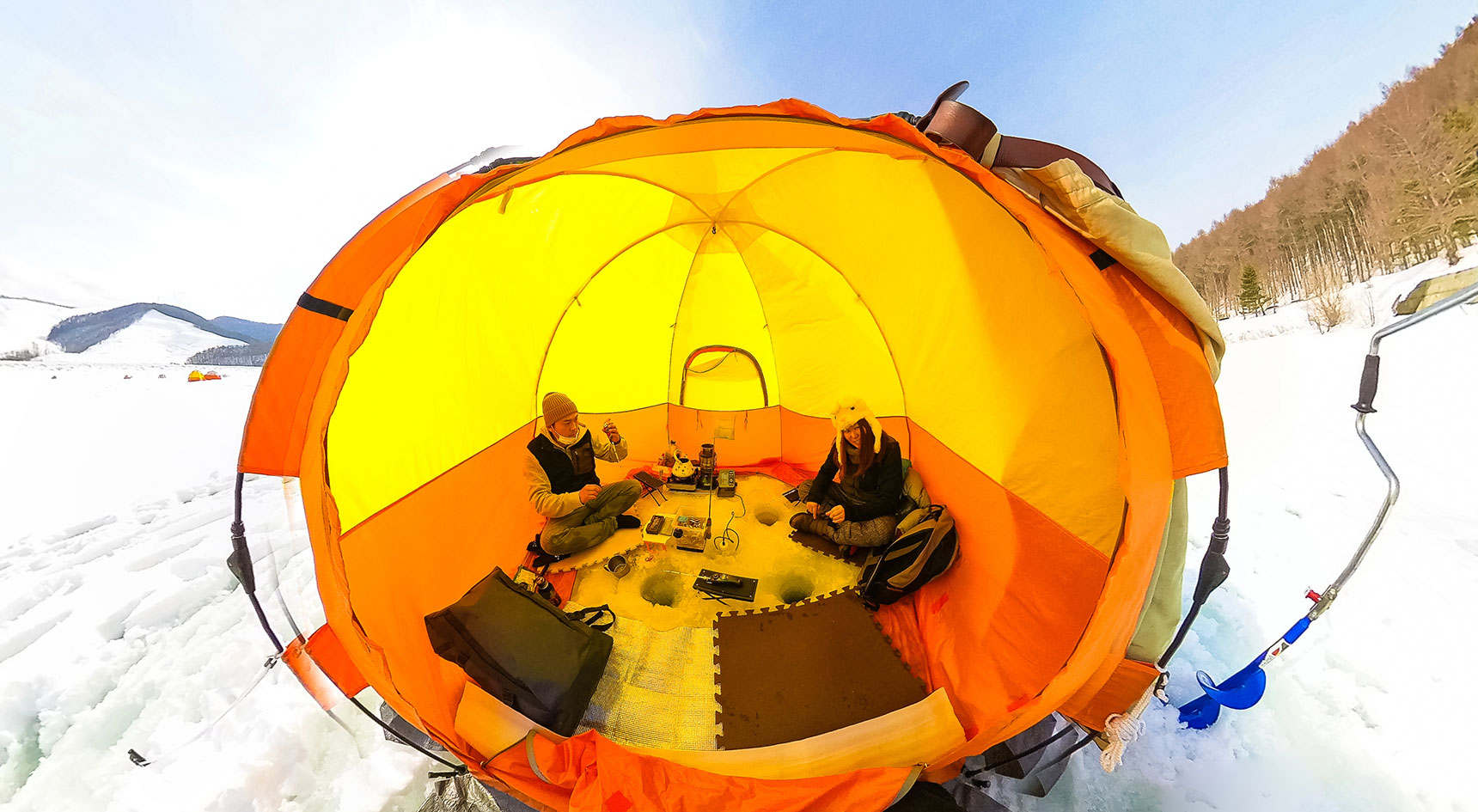
With dozens of peaks blanketed by 15m of fine powder and a cluster of resorts only 20 minutes from downtown Sapporo, Japan’s northernmost island has long emitted a siren call to skiers and snowboarders.
You don’t need to carve up the slopes to enjoy this winter wonderland. Enjoy the icy landscape at a more sedate pace by snowshoeing to an island in the middle of Lake Akan. The lake sits in a natural bowl surrounded by a jagged crown of mountains. As you drill a hole in the ice to try your hand at ice fishing, keep an eye out for the iconic red-crowned cranes that jump around in an elaborately choreographed dance. Once you’ve caught wakasagi fish, watch as your catch is turned into tempura right there on the ice.
Back in the city, the Sapporo Snow Festival is one of the largest events in the country. The week-long celebration features hundreds of ephemeral artworks, ranging from delicate ice sculptures to colossal 15m tall buildings with internal lighting systems. There’s an ice bar, outdoor skating rink and demonstration ski jumps, as well as a range of public performances on stages made of ice.
→ Where to stay: In the heart of Sapporo’s busiest district, OMO3 Susukino is within walking distance of the Snow Festival sculptures and also has daily buses to several ski resorts. Some hotel rooms have racks to store your snow gear, and the hotel offers activities such as beer, ice cream and ramen tastings.
→ What to eat: Sub-zero temperatures call for belly-warming meals and they don’t get any better than Hokkaido’s umami-rich miso ramen. Follow your nose to Susukino’s ramen alley where you’ll find 17 intimate restaurants serving up plenty of variations of the Japanese noodle soup.
Is Japan calling?
Let our travel agents take the stress out of organising your next holiday.
